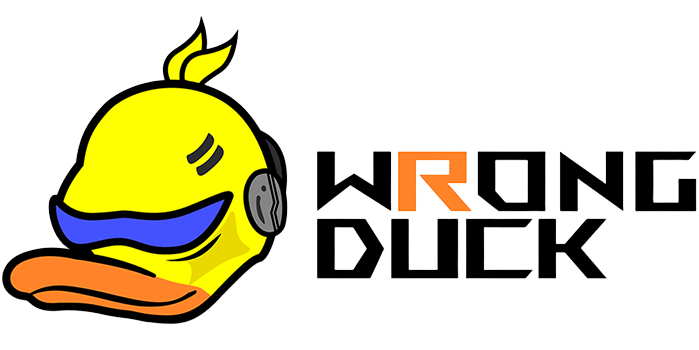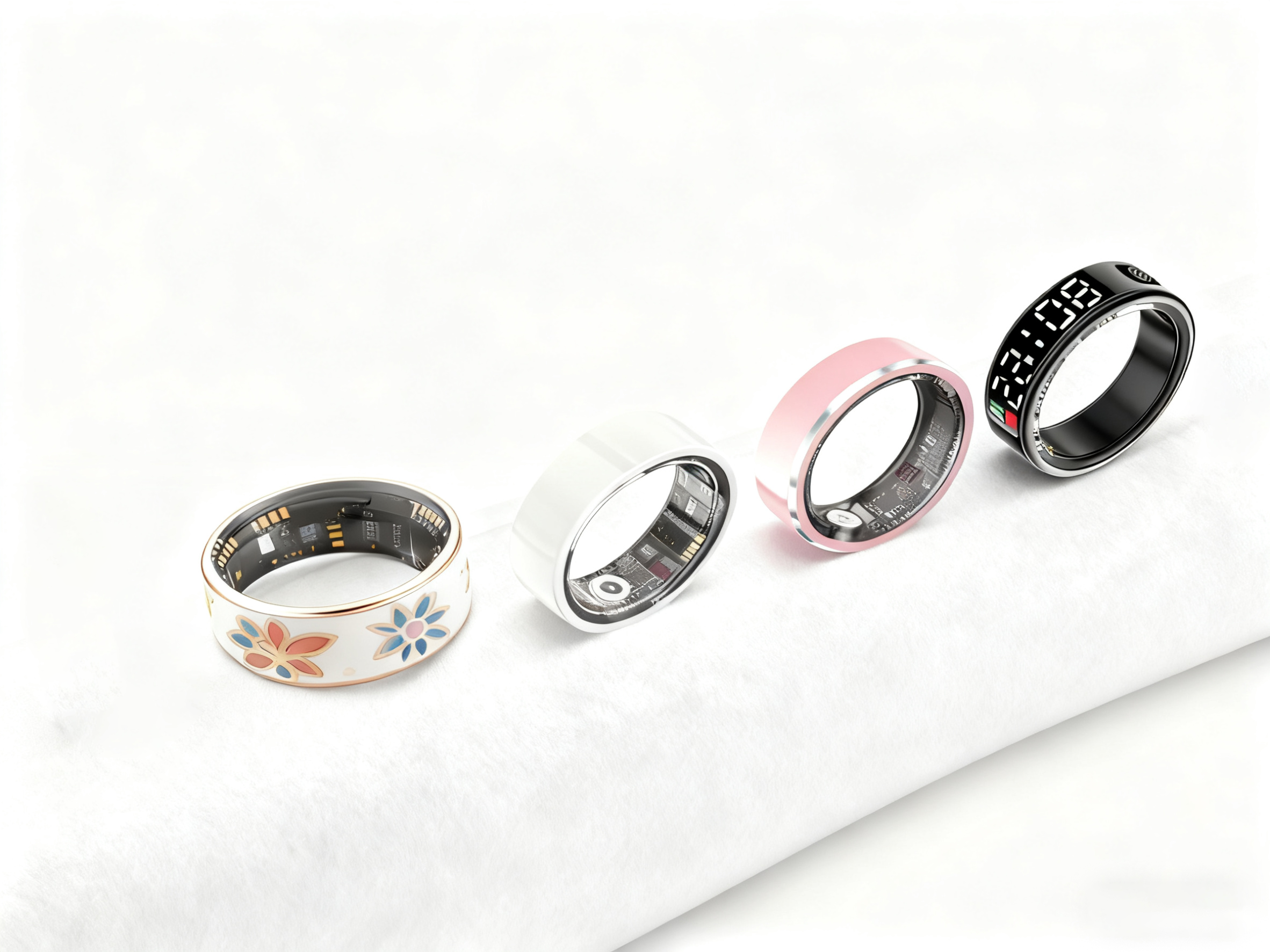Imagine having a personal health coach, a sleep tracker, a digital wallet, and a remote control for your devices—all seamlessly integrated into a piece of jewelry you barely feel on your finger. This isn't science fiction; it's the reality of smart rings, the most exciting innovation to hit the wearable technology landscape. These compact, disk-like devices are shifting the paradigm from bulky, attention-seeking gadgets to minimalist, unobtrusive companions that work silently in the background of your life. In this article, we'll explore what a smart ring is, how it stands out from other wearables, and why it might be the perfect piece of technology for you.
More Than a Miniature Smartwatch
At first glance, you might think a smart ring is just a shrunken-down smartwatch. However, that perception misses its unique value proposition. While both devices track health metrics, the smart ring's form factor is its greatest strength, enabling a fundamentally different user experience.
The most significant advantage is unobtrusive wearability. Crafted from lightweight, premium materials like titanium, a smart ring is designed for 24/7 use . Its light weight, sometimes as little as 2.3 grams, makes it barely noticeable . This "invisible" quality is a game-changer for sleep tracking. Unlike a smartwatch that can be cumbersome to wear in bed, a smart ring feels natural, allowing it to gather comprehensive data on your sleep stages without disrupting the very sleep it's meant to monitor .
Furthermore, the placement of a ring on your finger is not just a matter of convenience—it's about data accuracy. The finger hosts vascular-rich areas with strong pulse signals . Some experts suggest that this location can provide more precise readings for metrics like heart rate and blood oxygen than the wrist, leading to a more reliable overall picture of your health .
A Breakdown of Key Features: What Does a Smart Ring Actually Do?
Despite their small size, smart rings are packed with an impressive array of sensors, including optical heart rate monitors, temperature sensors, and accelerometers . These components work together to power a wide range of functionalities, which can be broadly categorized as follows:
Health and Fitness Monitoring
This is the core function for most smart rings. They serve as your personal health dashboard, continuously tracking key metrics such as:
-
Heart Rate & HRV: Monitoring your resting heart rate and Heart Rate Variability (HRV) to gauge cardiovascular health and stress levels .
-
Blood Oxygen (SpO₂): Continuously tracking blood oxygen levels, which is crucial for understanding sleep quality and overall respiratory health .
-
Body Temperature: Sensing subtle shifts in your skin temperature, which can provide insights into ovulation, illness, and overall metabolic health .
-
Activity Tracking: Counting steps, calculating calories burned, and measuring overall activity levels throughout the day .
Advanced Sleep Analysis
Smart rings excel at painting a detailed picture of your sleep architecture. They don't just track how long you sleep; they analyze the time you spend in light, deep, and REM sleep stages . Advanced models can even screen for conditions like sleep apnea through continuous blood oxygen monitoring . By providing a "sleep score" and personalized recommendations, they empower you to make informed decisions to improve your sleep hygiene .

Smart Features and Connectivity
Beyond health, smart rings are versatile tools for modern digital life. Many models integrate NFC technology for contactless payments, allowing you to pay for items with a tap of your finger . Others feature gesture control, letting you perform actions like taking a photo or dismissing an alarm with a simple hand gesture .
The Future of Wearable Technology
The evolution of the smart ring is far from over. We are already seeing a clear trajectory from a consumer gadget toward a legitimate health tool. This shift could revolutionize preventive healthcare, allowing for effortless, round-the-clock monitoring of critical health metrics outside a clinical setting.
Another exciting frontier is the integration of AI and personal big data. Future smart rings will not just collect data; they will understand your personal baselines and patterns better than ever. By analyzing long-term trends, they can provide hyper-personalized insights and early warnings about potential health issues. Furthermore, as the technology matures, we can expect deeper integration with other smart devices and professional healthcare systems, turning the ring into a central "health data gateway" for your digital life.
Is a Smart Ring Right for You?
The smart ring is more than a novelty; it represents a fundamental shift towards discreet, human-centric technology. By choosing a form factor that prioritizes your comfort and continuous wear, it unlocks a deeper, more consistent level of data collection than many bulkier alternatives. It’s the answer for anyone who wants to understand their body better but doesn't want a device constantly demanding their attention or compromising their style.
As you consider joining the world of wearable tech, ask yourself: Do I value minimalism and discretion? Is high-quality sleep and recovery my primary goal? Am I looking for a device that works for me in the background without distraction? If you answered yes, then a smart ring might just be the perfect piece of technology you've been waiting for.


Share:
Smart Glasses in 2025: The Ultimate Guide and Why AI Changes Everything